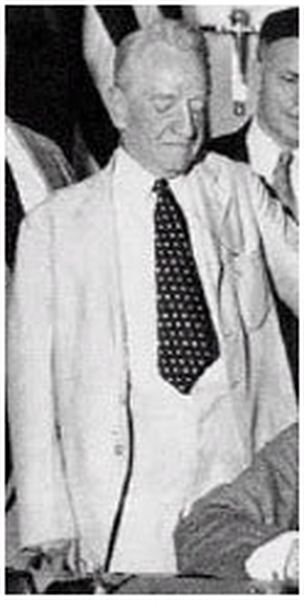The Glass-Steagall act was signed by Franklin Delano Roosevelt in 1933. The act is formally known as The Banking Act of 1933, however is commonly refered to as Glass-Steagall because of Senator Carter Glass and Harry B. Steagall. The act was three and a half years in the making. It seperated the investment and commercial banking activities due to the fact that in the pre-Depression Era, banks became greedy and not only loaned money to investors, but, also, taking huge risks in the stock market in hope of it paying off. This act was considered harsh by a lot of the financial community due to the fact that it forced many big companies like JP Morgan and Company to shut down alot of their services which were a key part of their income. It, also, helped develop the Federal Deposit Insurance Corporation.

Senator Carter Glass

Harry B. Steagall